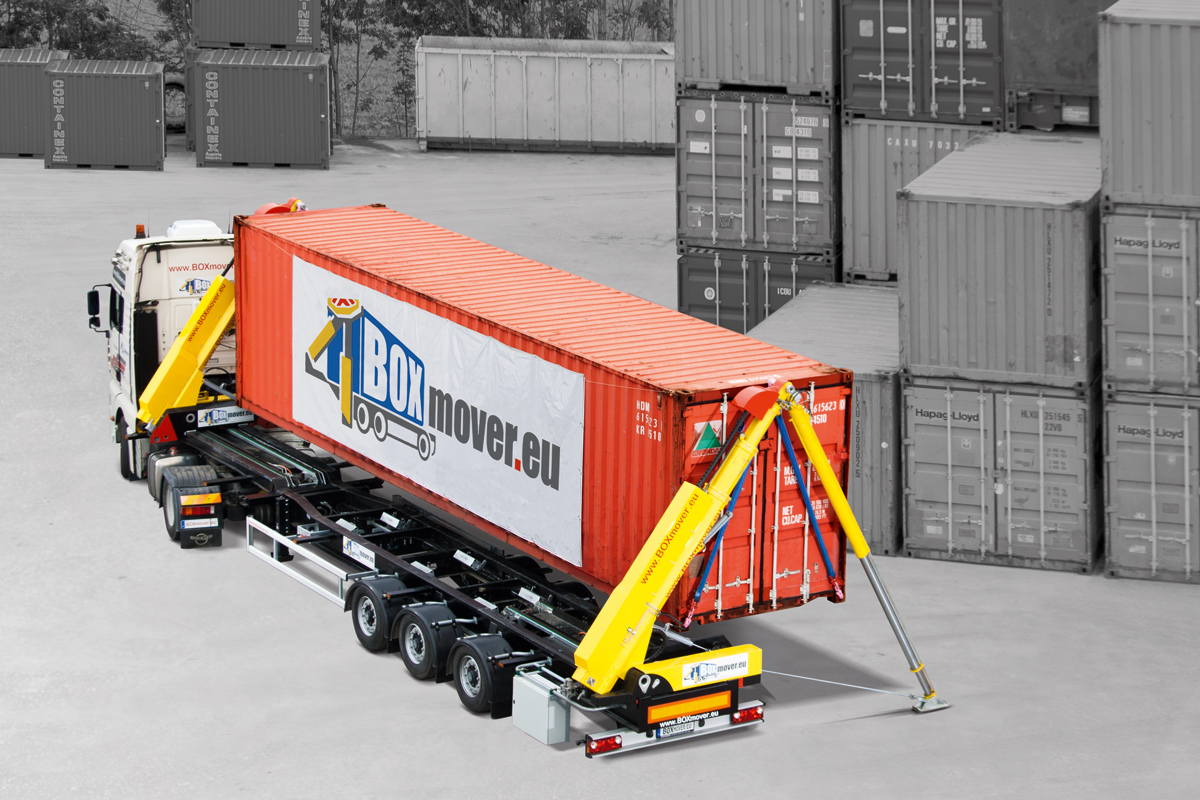STREET – optimized product development at BOXmover
The scientific method for achieving these innovative manufacturing properties is a mix of bionics (the science that researches technical, electronic and mechanical developments using nature as a model) and a focus on simple structural mechanics.
In contrast to classic customer-oriented product development, we take a different, solution-oriented approach. The focus is on the technical requirements of the product and less on the direct wishes of the customer. It has been shown that customers tend to want the familiar concept / product cheaper and faster, but do not think about the possibility of improving the product’s properties.
BOXmover takes a purely scientific/academic approach to the development of a new product.
With the help of artificial intelligence and finite element simulations, an attempt is made to develop the product homogeneously and to generate the same safety parameters everywhere.
Previous developments always had “hot spots” that were optimized and stiffened by calculation methods.BOXmover uses findings from nature to reproduce structures homogeneously.
A durable construction is achieved when a component is designed “homogeneously”.
The second important parameter is the technical and economical production method.
In vehicle construction, there are technical specifications for special load cases (crash, fatigue strength, etc.) Most designs only consider these loads in the calculation and reinforce individual components until they meet the requirements. BOXmover tries to design the requirements profile for a product as broadly as possible, as it happens time and again that customers use products that are not of the same type.
Similar to nature, BOXmover also tries to make the design as homogeneous as possible in order to achieve optimum overall utilization. The process is similar to bionomics in nature, in which the interactions of a structure with the conditions of use and other components in the system are analyzed.
The results so far show that this does not produce the technically optimal design, but a design that has very broad application possibilities (across disciplines). This unexpectedly contributes to a sustainability process and also allows further modularization of the product range.
The production-oriented design principle is aimed exclusively at optimizing the sheet metal/steel construction as the load-bearing element between the road and the load of the chassis. In order to increase the overall economic efficiency, an attempt is made to reuse a proven design detail (through a platform concept) as similarly as possible for different applications in order to keep the “time to market” (implementation time) on the one hand, but also the development costs and production processes (creation of the digital twin) low and at the same time simplify the personal production times by edging and screwing, as well as the overall production time (and the need to do everything at one production site) by combining modular assemblies.
The “module” developed in the design process is the result of many years of development experience and the interaction between planning / design / work preparation and production and is now being continuously optimized for implementation in selected reference projects.
The knowledge gained flows into the further development of this artificial intelligence module and optimizes the development process for every new project.
The actual technical and commercial implementation is difficult and risky in terms of planning, as it is only possible to say with certainty whether a new, differentiated production process for this product is economically viable once the entire production process has been completed.
Simulations have shown that if only 1% of the components deviate from the design rules of artificial intelligence, the production of a component can change by up to 100% in the yield result.
The greatest risk with AI-supported design processes is that human error sources (“we’ve always done it this way”) are introduced into the system by the contract manufacturer, thereby disrupting the production process.
